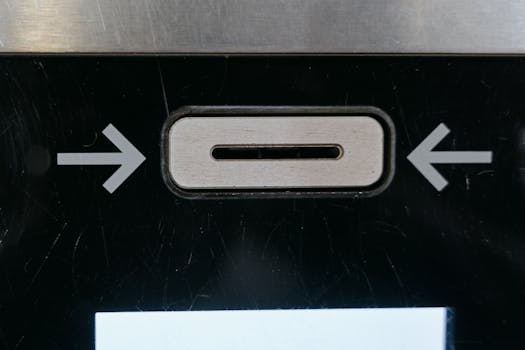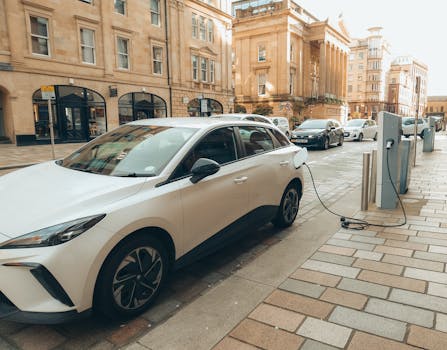Takeaways:
- 2025 will herald a new era of automotive technology with electric and autonomous vehicles leading the charge.
- Innovative designs and sustainable practices will redefine how we think about mobility.
- Key players in the automotive industry are investing heavily in AI, connectivity, and user experience.
The year 2025 is shaping up to be a landmark year for the automotive industry, with a plethora of new vehicles set to hit the market. As technology continues to advance at a breakneck pace, car manufacturers are poised to unveil a range of innovative models that cater to the evolving needs of consumers. This article delves into the most anticipated cars coming in 2025, exploring their features, technologies, and the impact they are expected to have on the automotive landscape.
At the forefront of this revolution are electric vehicles (EVs), which are rapidly gaining popularity due to their environmental benefits and cost-effectiveness. Major automotive brands are committing to electrifying their lineups, and by 2025, we can expect a significant increase in the availability of EV models. From compact cars to luxury sedans and SUVs, the options for consumers will be more diverse than ever.
One of the standout models anticipated for 2025 is the Tesla Model 2, a more affordable entry-level vehicle that aims to democratize access to electric mobility. With a projected price point of around $25,000, this model is expected to attract a broader audience while maintaining Tesla’s reputation for performance and innovation.
In addition to Tesla, traditional automakers are also ramping up their electric offerings. Brands like Ford, General Motors, and Volkswagen are investing heavily in electric technology, with the Ford F-150 Lightning and the Volkswagen ID.4 already generating excitement among consumers. By 2025, we can expect these companies to expand their electric lineups significantly.
Another significant trend shaping the automotive industry is the rise of autonomous vehicles. As self-driving technology continues to mature, we are on the brink of a new era where cars can navigate and operate without human intervention. Major tech companies and automakers are collaborating to develop advanced driver-assistance systems (ADAS) that will pave the way for fully autonomous driving.
One of the most anticipated autonomous vehicles is the Waymo One, which aims to provide a safe and reliable ride-hailing service without a human driver. By 2025, Waymo expects to expand its operations and introduce autonomous vehicles to more cities, revolutionizing public transportation and personal mobility.
Moreover, luxury brands are also exploring autonomous technology. The Mercedes-Benz EQS is set to feature advanced self-driving capabilities that will enhance the driving experience for those who prefer a more hands-off approach. With cutting-edge sensors and AI algorithms, this vehicle is designed to navigate complex driving environments, making it one of the most advanced cars of its time.




















The Ford Mustang Mach-E is an excellent example of how connectivity is being implemented in new vehicles. With features like over-the-air updates, smartphone integration, and advanced infotainment systems, this electric SUV is designed to keep drivers connected and informed on the road.
Furthermore, the automotive industry is also focusing on sustainability, with many manufacturers adopting eco-friendly materials and practices in vehicle production. The BMW iX is a testament to this shift, showcasing the brand’s commitment to sustainability through the use of recycled materials and a carbon-neutral production process.
As we look ahead to 2025, the automotive industry is poised for dramatic transformation. The convergence of electric mobility, autonomous technology, smart connectivity, and sustainability will redefine the driving experience and shape the future of transportation. For car enthusiasts and everyday drivers alike, the advancements on the horizon promise exciting possibilities and innovations that will change the way we think about mobility.
Stay tuned as we continue to explore the latest developments in the automotive world and what they mean for consumers in the years to come.






